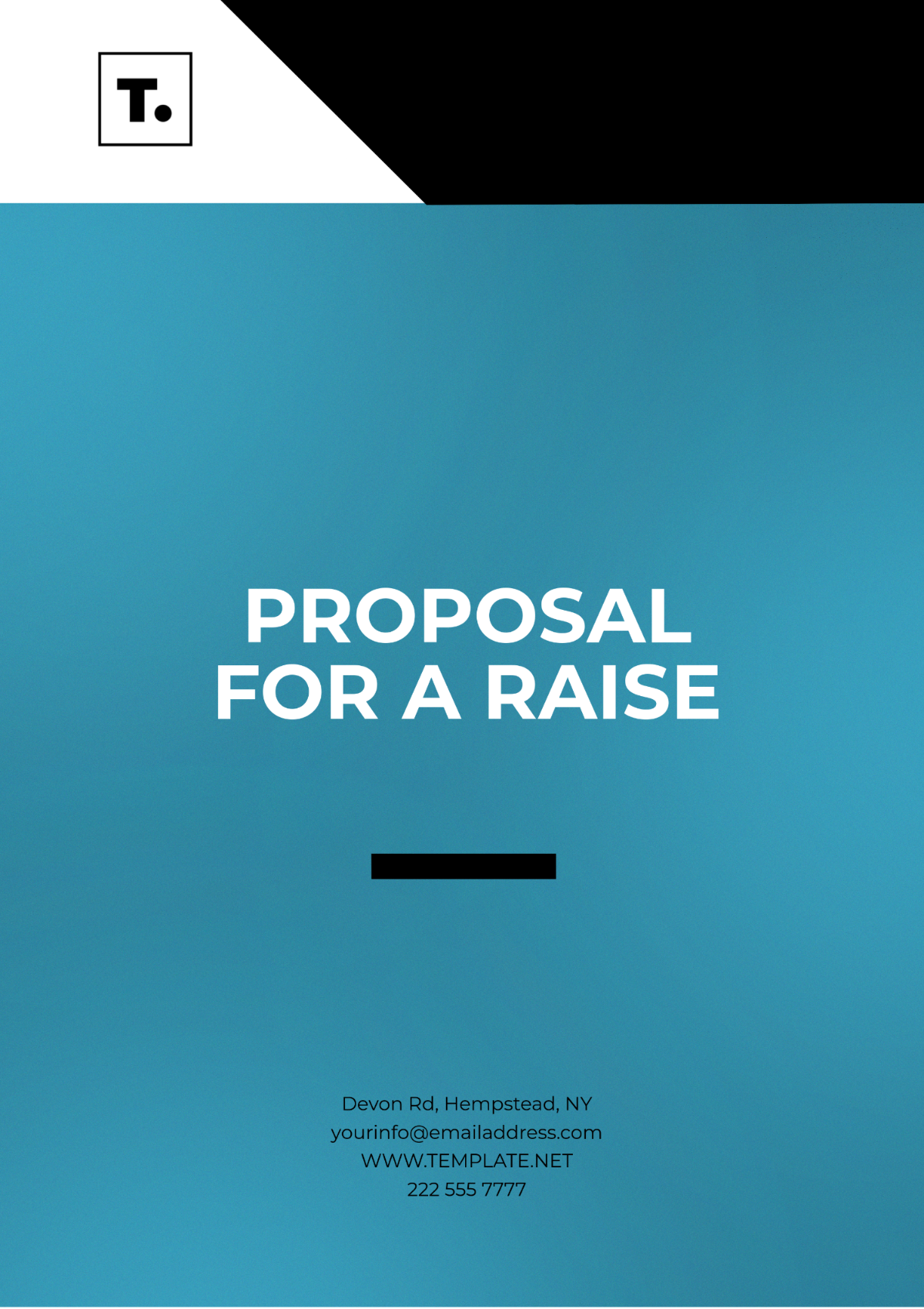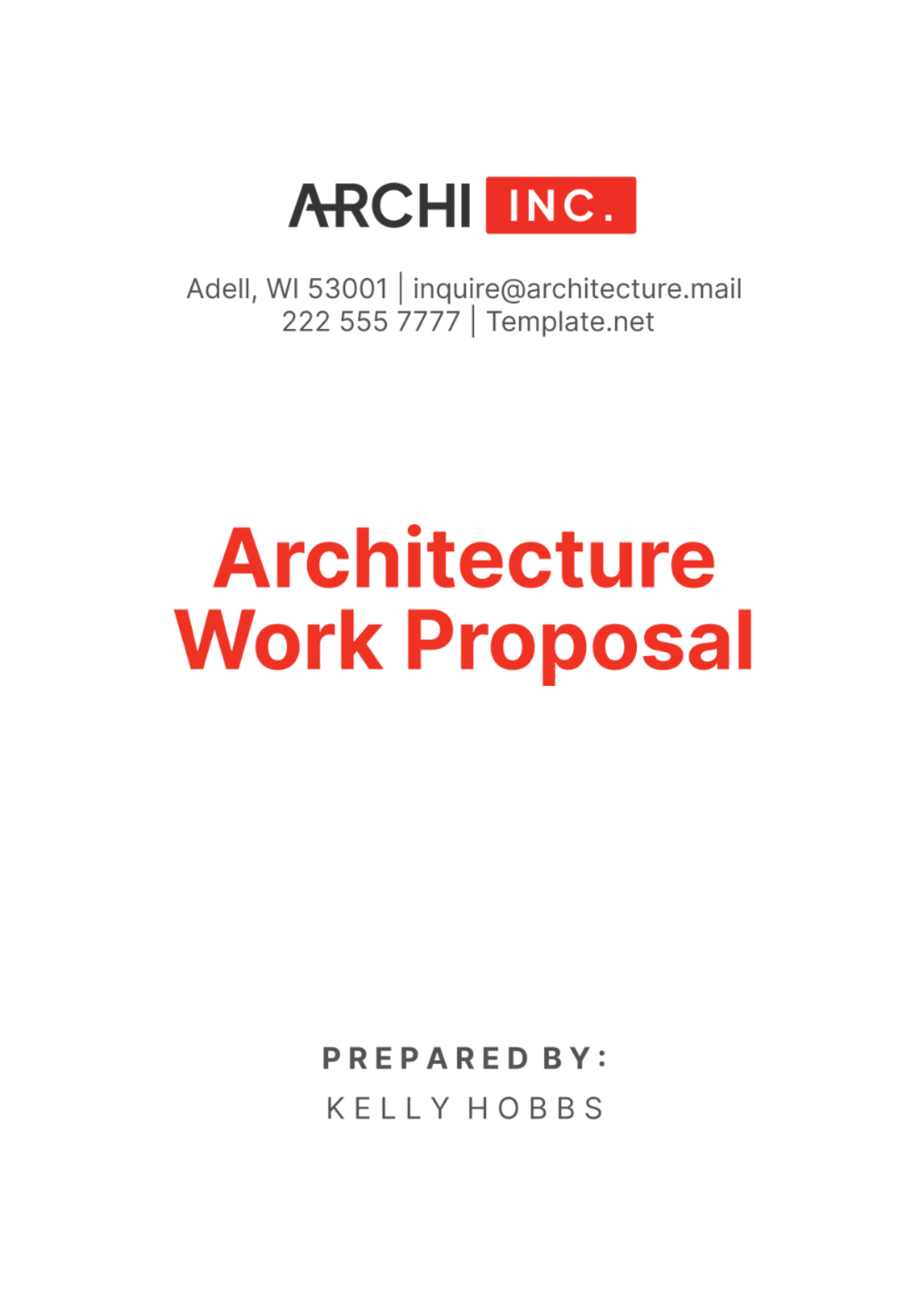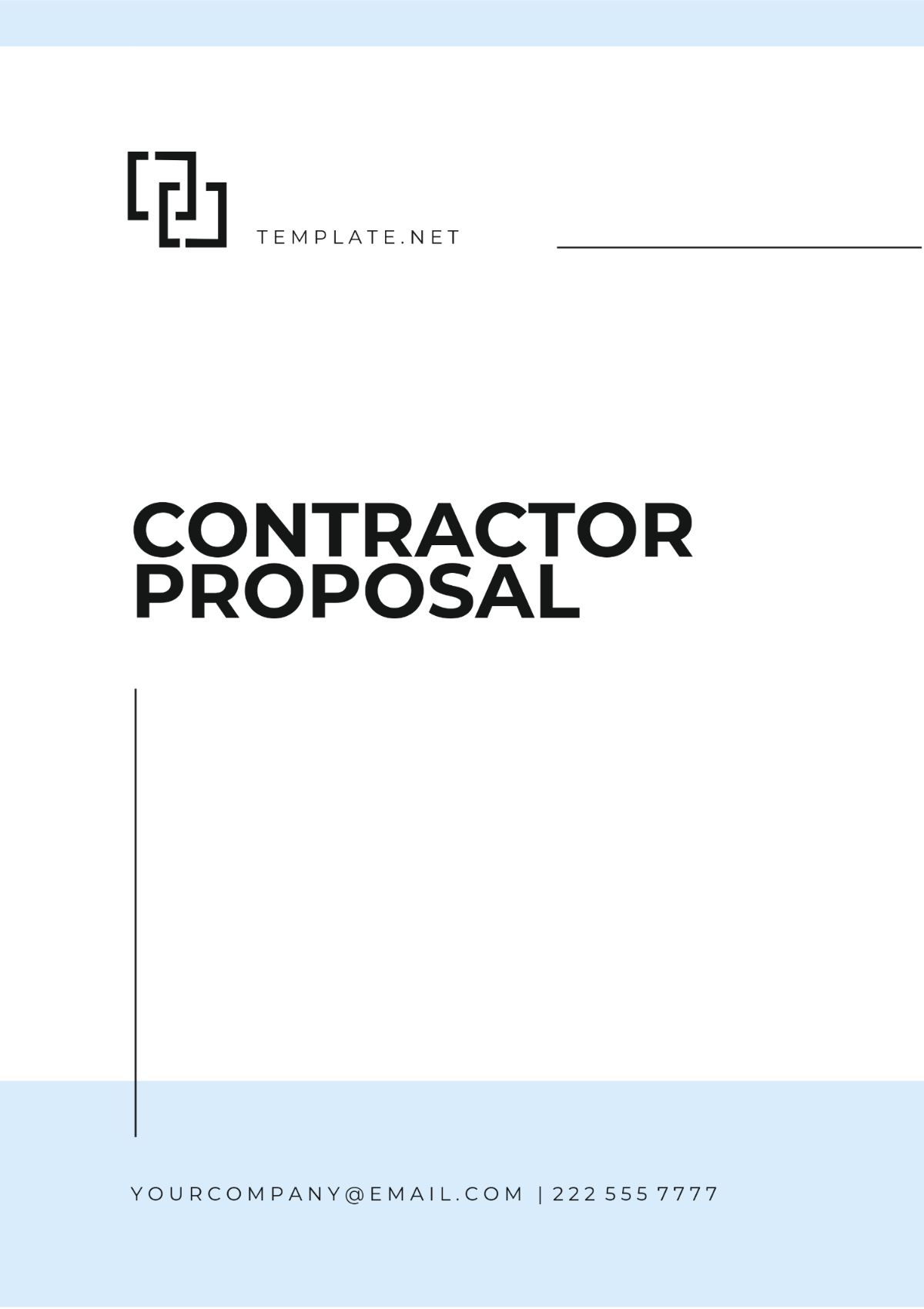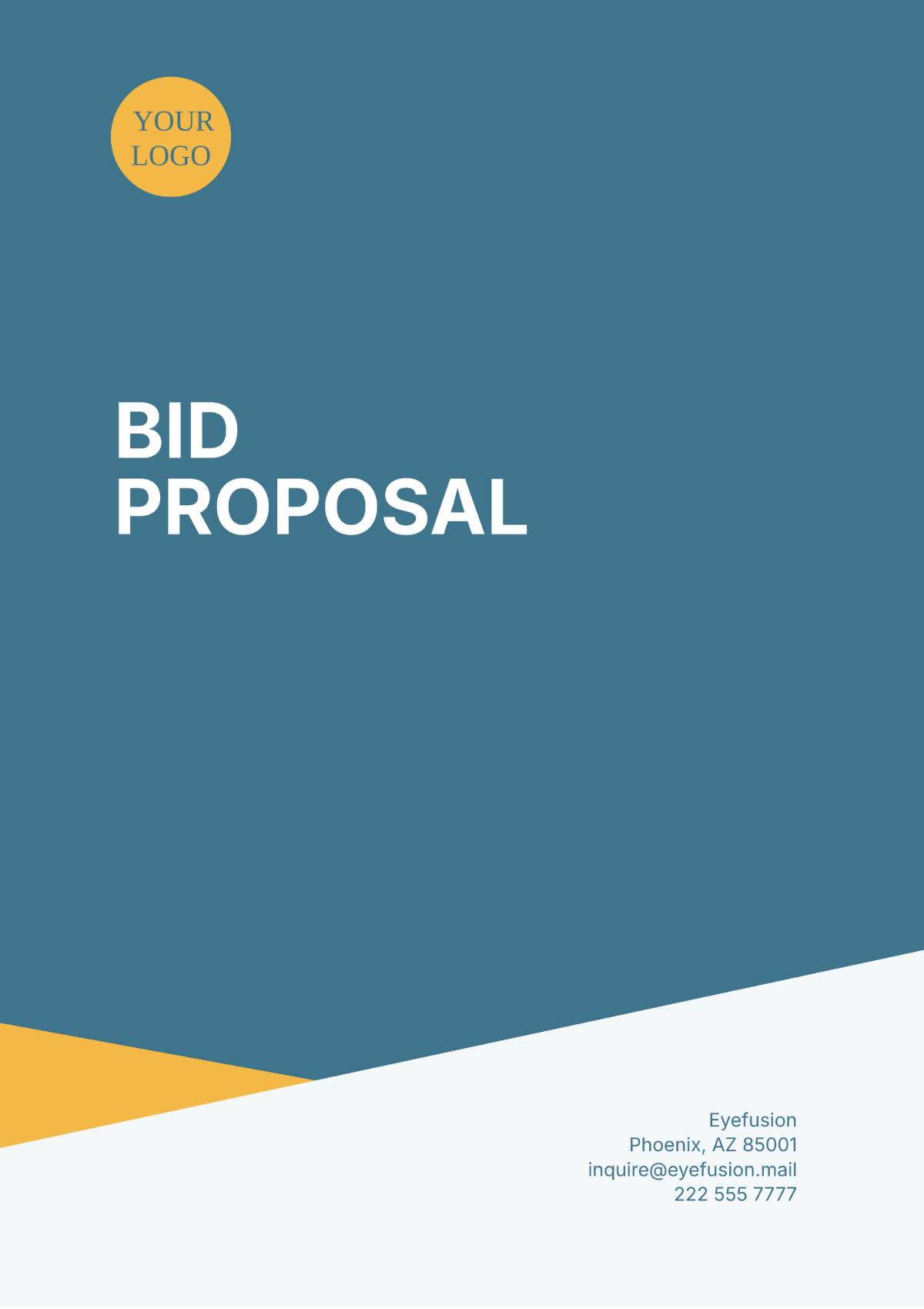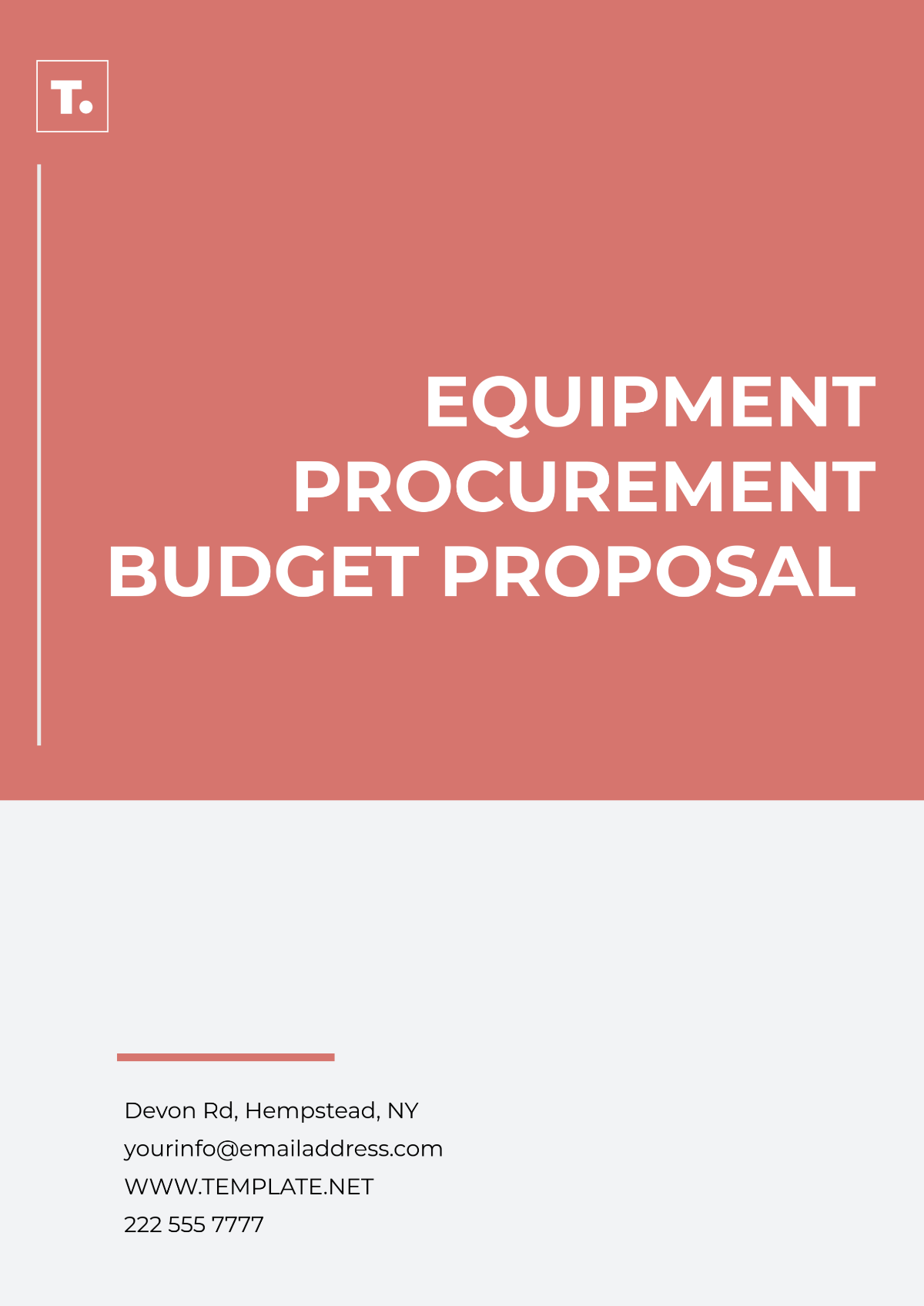Blockchain Design Technology Proposal
Prepared by: [YOUR NAME]
Date: June 5, 2050
Project Title: Blockchain Design for Secure Supply Chain Management
1. Introduction
Blockchain technology offers a groundbreaking approach to managing supply chain processes by ensuring transparency, security, and traceability across all stages of production and distribution. This proposal outlines the design and implementation of a blockchain-based system to enhance data accuracy, reduce fraud, and optimize supply chain efficiency. The proposed system will create an immutable ledger that tracks goods and transactions in real time, providing better oversight of the entire supply chain network.
2. Objectives
The main objectives of this Blockchain Design Proposal are as follows:
Enhance Security: By leveraging decentralized ledgers and cryptographic techniques.
Improve Transparency: Providing full visibility to all stakeholders with an immutable record of transactions.
Boost Efficiency: Through the automation of key processes using smart contracts.
Ensure Cost-Effective Solutions: By reducing the need for intermediaries and manual processes.
Achieve Scalability: Supporting future expansion and increased transaction volumes.
3. Proposed Blockchain Architecture
3.1. Consensus Mechanism
Mechanism: Proof of Authority (PoA)
Reasoning: Ideal for private, permissioned networks, offering fast transaction speeds and high scalability.
3.2. Data Structure
Blockchain Type: Consortium blockchain (limited access granted to trusted participants)
Block Size: 2 MB
Block Time: 15 seconds per block for optimal performance and scalability.
3.3. Smart Contracts
Platform: Hyperledger Fabric-based smart contracts
Use Cases: Automated purchase orders, supplier agreements, and real-time inventory management.
Table 1: Key Technical Details
Feature | Description |
|---|---|
Consensus Algorithm | Proof of Authority (PoA) |
Blockchain Type | Consortium blockchain |
Transaction Speed | 1,500 transactions per second |
Block Size | 2 MB |
Block Time | 15 seconds |
Smart Contract Platform | Hyperledger Fabric |
4. Key Features
Decentralization: Ensures trust among supply chain participants by distributing control.
Security: Utilizes advanced encryption and multi-factor authentication to safeguard data.
Transparency: Provides a comprehensive audit trail that can be shared with authorized users.
Automation: Smart contracts enable seamless automation of supply chain functions such as invoicing and payment processing.
Traceability: Allows tracking of goods from origin to end customer, reducing counterfeit risks and ensuring quality control.
5. Development Phases
5.1. Phase 1: Planning and Research
Conduct stakeholder analysis to define requirements and objectives.
Research the current supply chain workflow and identify pain points.
Design a high-level architecture for the blockchain solution.
5.2. Phase 2: Design
Develop a detailed blockchain architecture.
Design smart contracts to handle automated functions like order processing and payment validation.
Create the data flow model for tracking and recording transactions on the blockchain.
5.3. Phase 3: Implementation
Set up blockchain nodes and integrate them with existing IT systems.
Deploy smart contracts for purchase orders, payments, and other supply chain processes.
Configure access control to ensure proper authorization across the network.
5.4. Phase 4: Testing
Perform security tests to ensure the integrity of the network.
Conduct stress tests to ensure the blockchain can handle high transaction volumes.
Simulate real-world supply chain scenarios to validate performance.
5.5. Phase 5: Deployment and Maintenance
Deploy the blockchain platform to the live environment.
Train employees and stakeholders on how to use the system.
Provide ongoing support and updates to ensure smooth operation.
6. Timeline
Phase | Estimated Duration |
|---|---|
Planning and Research | 3 weeks |
Design | 4 weeks |
Implementation | 6 weeks |
Testing | 3 weeks |
Deployment | 2 weeks |
Total Time: 18 weeks
7. Cost Estimation
Item | Estimated Cost |
|---|---|
Development | $80,000 |
Testing | $20,000 |
Deployment & Integration | $30,000 |
Ongoing Maintenance | $10,000 per month |
Total Initial Cost: $130,000
Ongoing Maintenance: $10,000 per month
8. Conclusion
This Blockchain Design Technology Proposal provides a comprehensive solution to address the supply chain management needs. With enhanced security, increased transparency, and automated processes, this blockchain system will improve operational efficiency while providing a scalable platform for future growth. We are confident that the proposed solution will empower the organization to maintain a competitive edge and streamline its supply chain activities.
Contact Information
[Your Name]
Email: [Your Email]
Phone: [Your Company Number]













